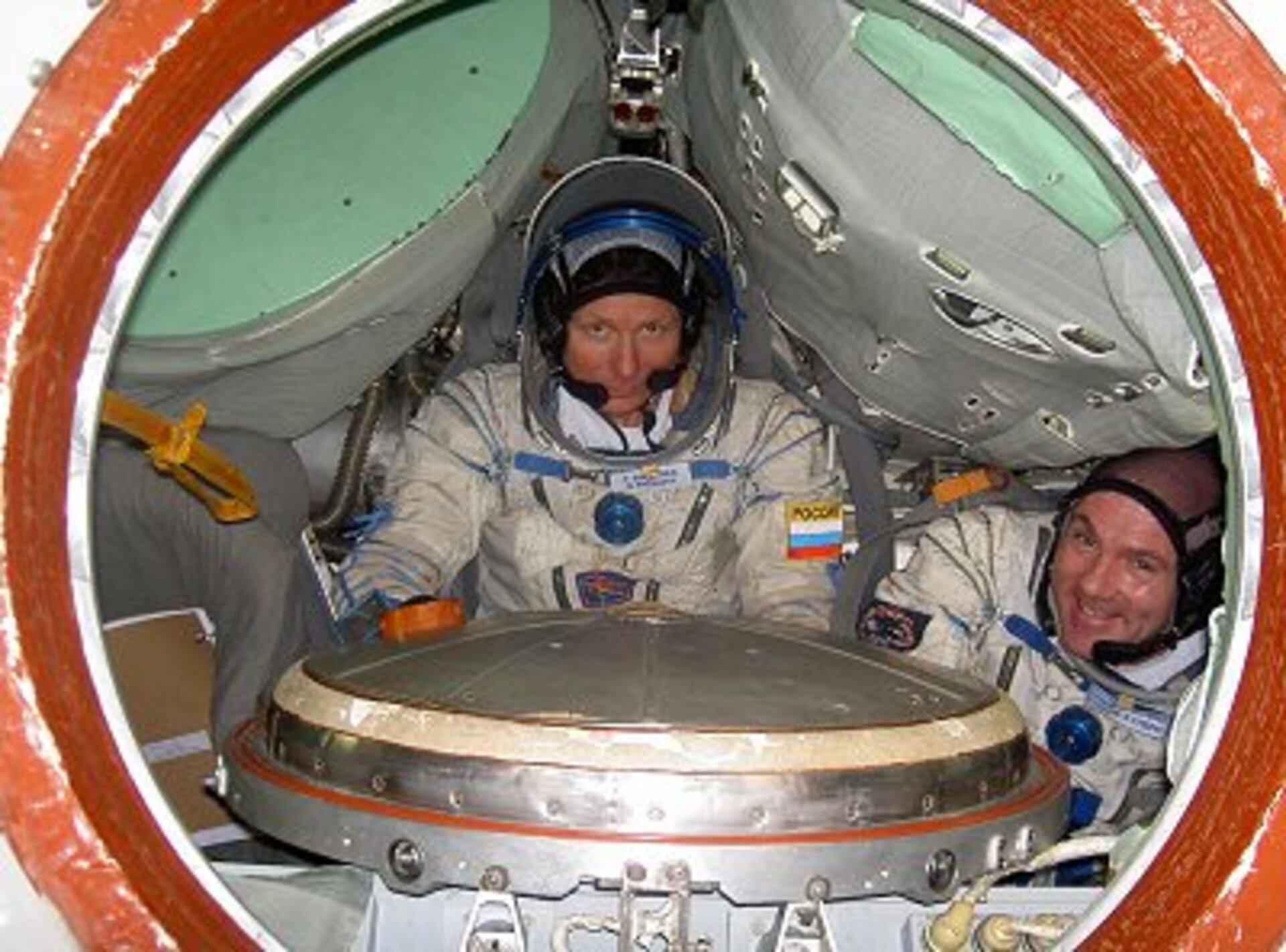André Kuipers' diary - Part 9: Training in Houston
5 - 11 February Lately I have been training intensively with my new crewmates, Gennadi Padalka from Russia and Mike Fincke from America. On Friday last week, Padalka and I took a sort of exam in the Soyuz simulator. We had to practise the landing. All kinds of problems were thrown at us, but we managed to overcome them. I am very pleased with the way my new commander and I work together.
After training, I left Moscow’s snow behind and headed for a rainy Netherlands, where I spent the weekend with my parents and shopped for some music to take with me into space. On Sunday I took the ten-hour flight to America. I was able to use the time well by preparing for the training that I would undergo there.
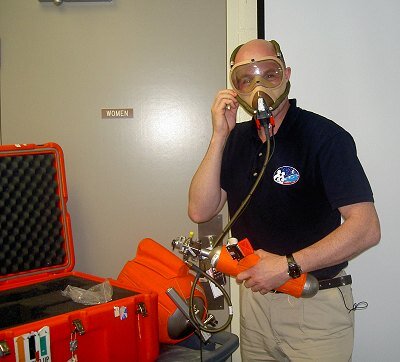
Houston
It gives me a really special feeling to be back in Houston. The Johnson Space Center is the American centre for spaceflight and yet it also belongs to my boyhood dreams. I have been there many times over the past ten years; firstly as a doctor, to collaborate in experiments and to supervise astronauts. I was here last August, when I trained as understudy for my Spanish colleague, Pedro Duque. However, this time was very different. Now I was here as prime crew; the very next crew to fly into space.
The first thing I had to do after I arrived was to go shopping. I am staying in an apartment belonging to the Russians and I have to cook for myself, so I made a quick trip to the supermarket for some bread and fruit. It was horribly cold and rainy, the kind of weather you would expect to get in Holland!
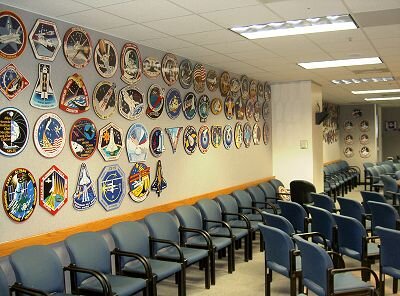
Welcome
On Monday morning, still jetlagged and with my biological clock totally confused (after all, the time here is 9 hours behind Moscow), I went to Building 4s.
4s is a magical building where all the astronauts work. They meet together every Monday morning. It is a kind of scene that you normally only see in films, and there I was sat amongst them as a prime crewmember.
We were given a special welcome and then we were told about our flight and our training. For example, we were shown video footage shot by Michael Foale, who is now in the Space Station. He also showed where the equipment for the Delta experiments HEAT and ARGES is stored. Now I will know straightaway where to find it. In short, a very nice start to the week.
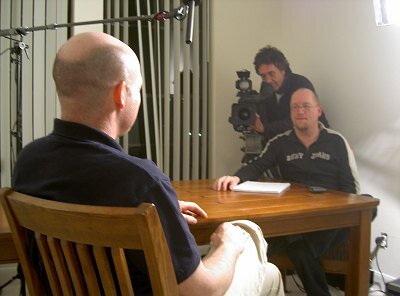
After the meeting, we started training immediately. We had to familiarise ourselves with all the equipment located in the American section of the Space Station as well as, more importantly, running through the emergency procedures. Finding out how the fire extinguishers work, for example. Checking respirators and equipment for measuring loss of pressure. The TV crew for the Dutch programme "Netwerk" dropped in to film for their broadcast on Sunday evening. NASA also held interviews the next day. NASA has its own TV studio and makes broadcasts during the flight, including interviews with all the crewmembers.
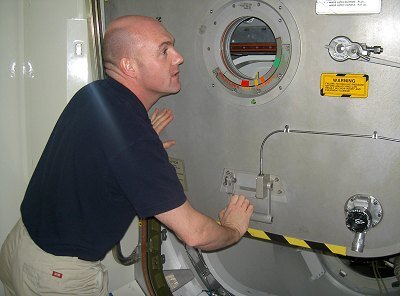
Fire
On Wednesday I went through an important simulation with Fincke and Padalka. We went through the routine of a normal day in the Space Station. The simulation was very realistic and even included a recording of the background noise, at 70-75 decibels, that you always have on board.
I was mainly occupied with the Dutch scientific experiments, while the permanent crew carried out their tests. Then, of course, an alarm sounded. The pressure was falling, extremely fast this time. We had to trace the leak quickly and systematically close hatches. The simulation team was pleased with the way it went.
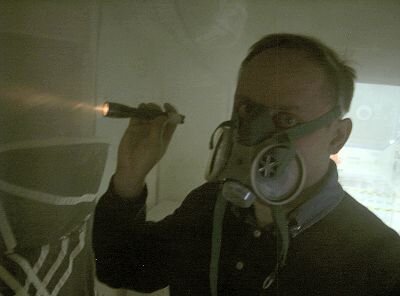
The second test was a fire. The simulator began to fill with smoke. The lights also failed and we had to work using torches. With our oxygen masks on, we started taking readings and looked to see whether the fire had released toxic gases. If so, where was the source? We had to find it. Assisted by the ground crew, who will be on stand-by during the flight, we solved the problem.
Next week I will still be here in Houston. I will be busy mainly with two scientific experiments; I want to be thoroughly familiar with them before I go up for real in April.


